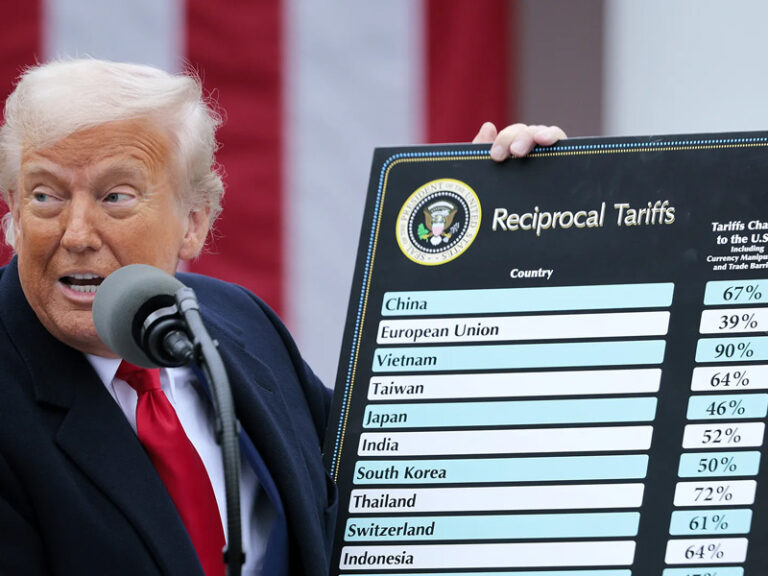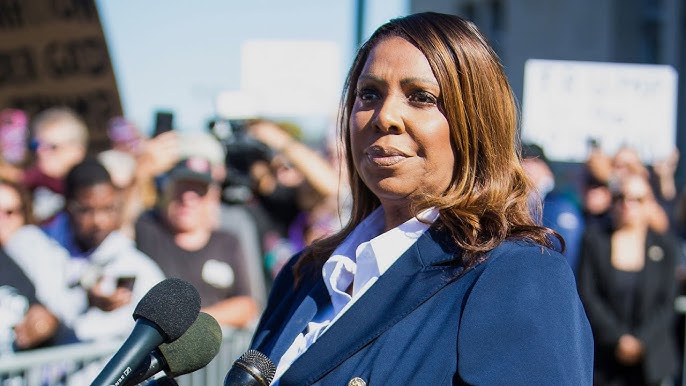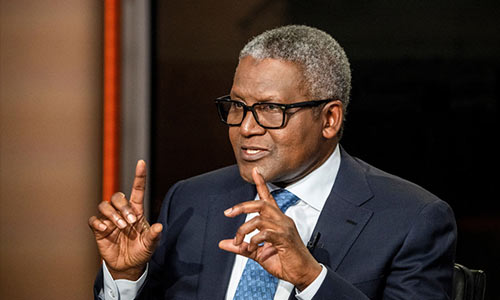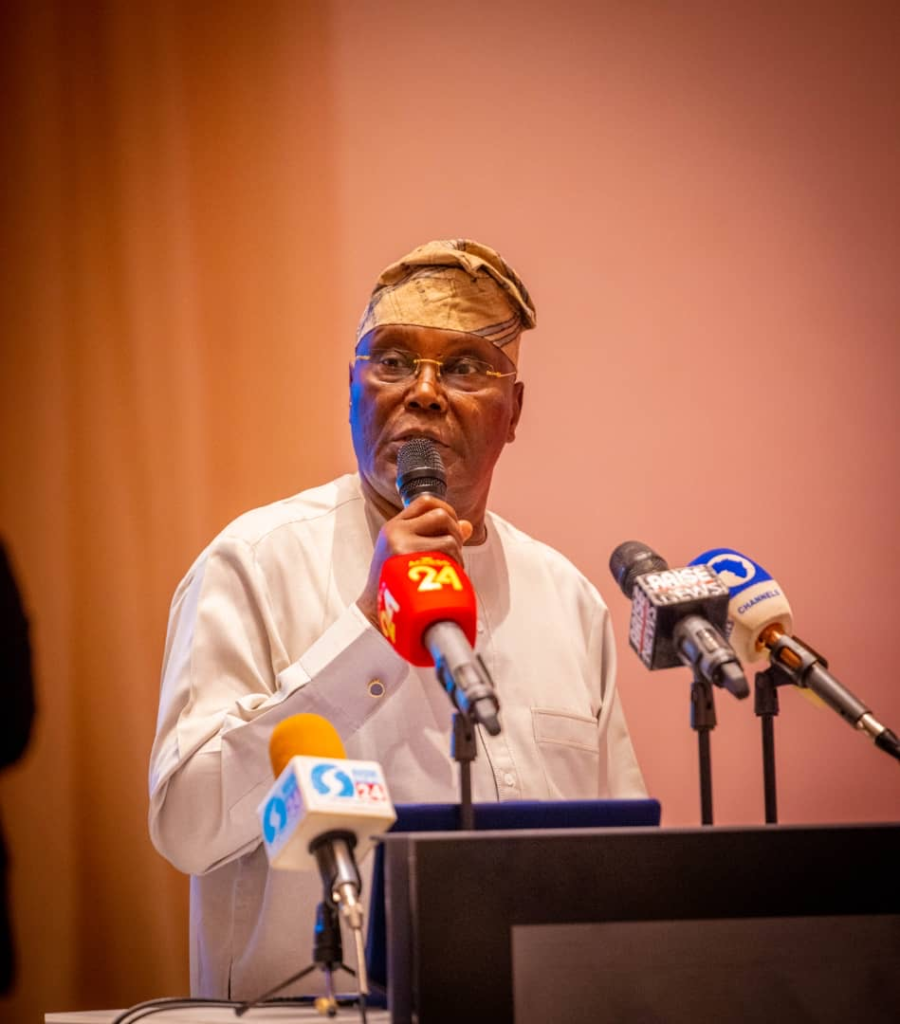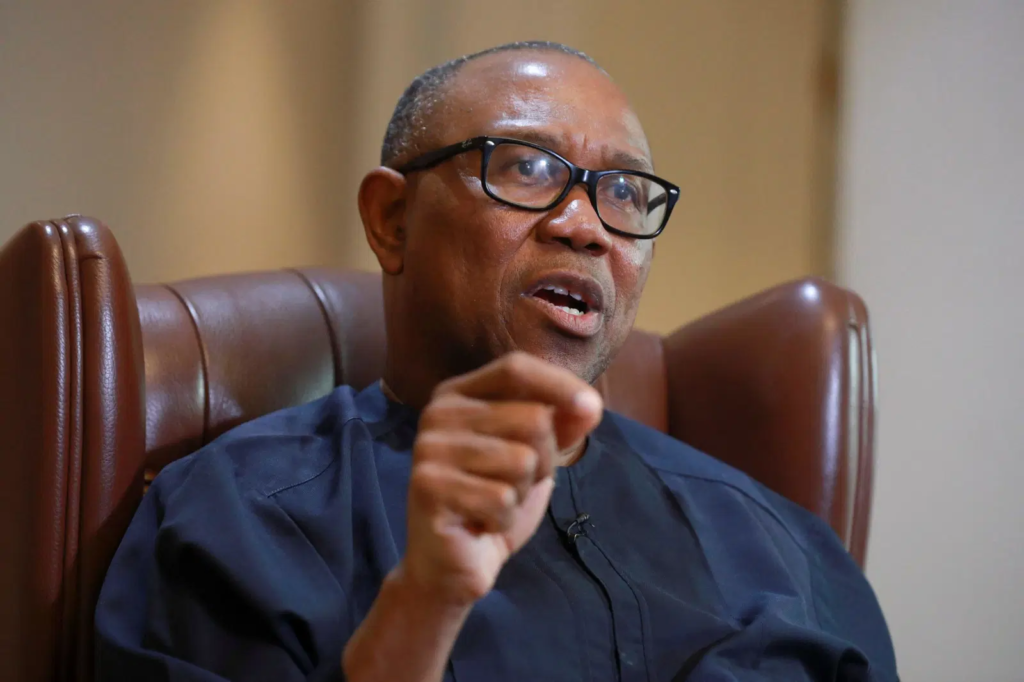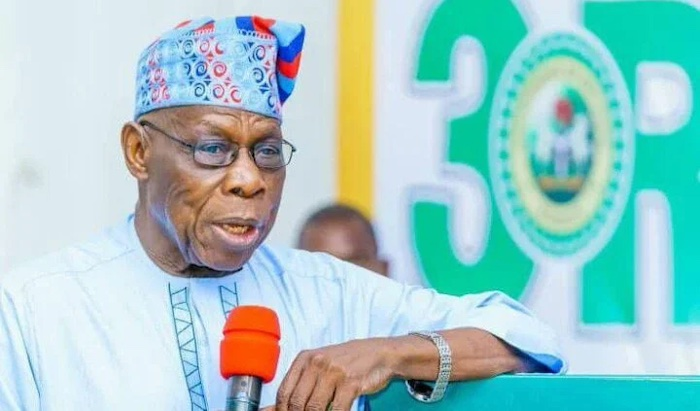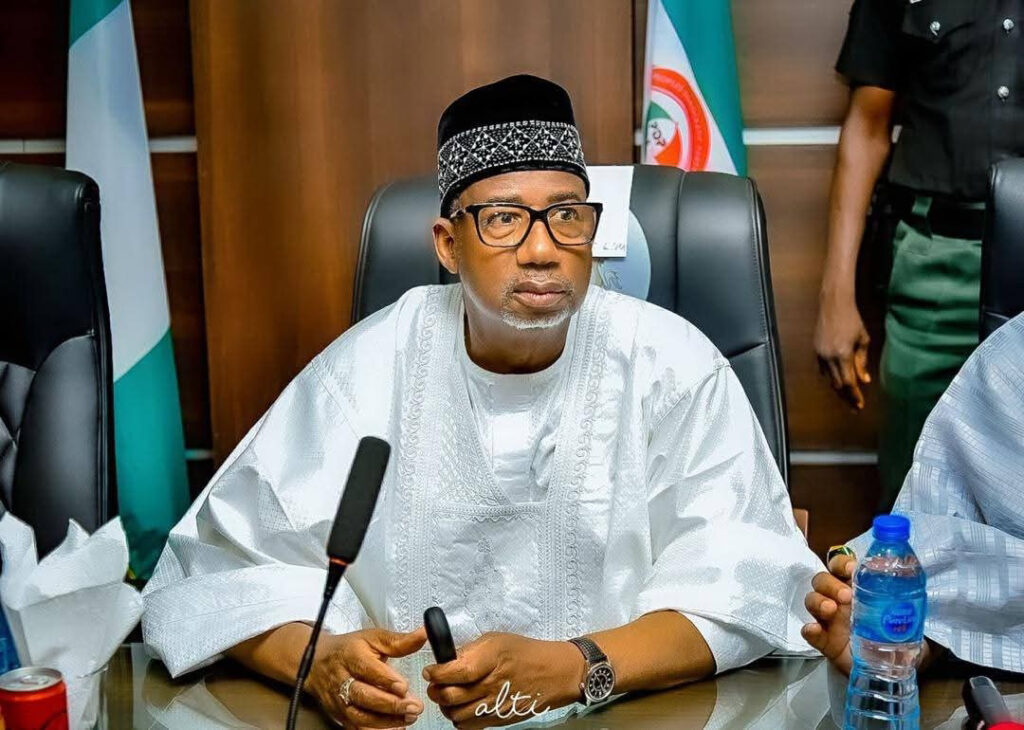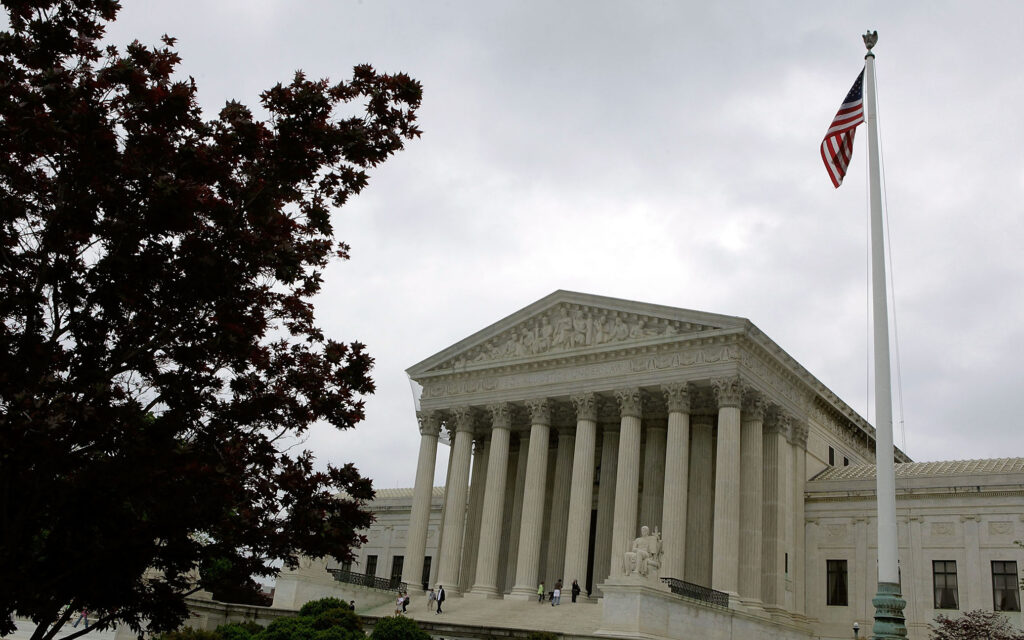In a major shift from his previously hardline trade stance, President Donald Trump on Wednesday announced a three-month suspension of the sweeping “reciprocal” tariffs that had taken effect at midnight—except for those targeting China.
The unexpected move temporarily eases trade tensions with most U.S. partners, as tariffs on imports from countries other than China will revert to a flat 10% rate. However, China—already facing significant tariff pressure—will see its rate increased from 104% to a staggering 125%.
Trump made the announcement in a post on social media, saying the hike was in response to what he called China’s continued disrespect toward global markets and its latest round of retaliatory tariffs against the U.S.
“Based on the lack of respect that China has shown to the World’s Markets, I am hereby raising the Tariff charged to China by the United States of America to 125 per cent, effective immediately,” he wrote. “At some point, hopefully in the near future, China will realise that the days of ripping off the USA—and other Countries—are over.”
Speaking to reporters later in the day, Trump added: “Nothing’s over yet, but we’ve seen a tremendous amount of positive energy from other countries. Even China wants to make a deal—they just don’t quite know how to do it.”
The announcement offered some relief to financial markets, which had been rattled by fears of a deepening global trade war. Wall Street rallied on the news, as investors welcomed Trump’s decision to back away—at least temporarily—from the broader tariff escalation. Still, the 10% universal tariff on all imports remains in place.
The pause marks a notable retreat from the president’s earlier rhetoric, in which he vowed that tariffs would remain a permanent fixture of U.S. trade policy. Yet the sharp increase in duties on Chinese goods signals that tensions between Washington and Beijing remain high, and that the trade standoff is far from over.

